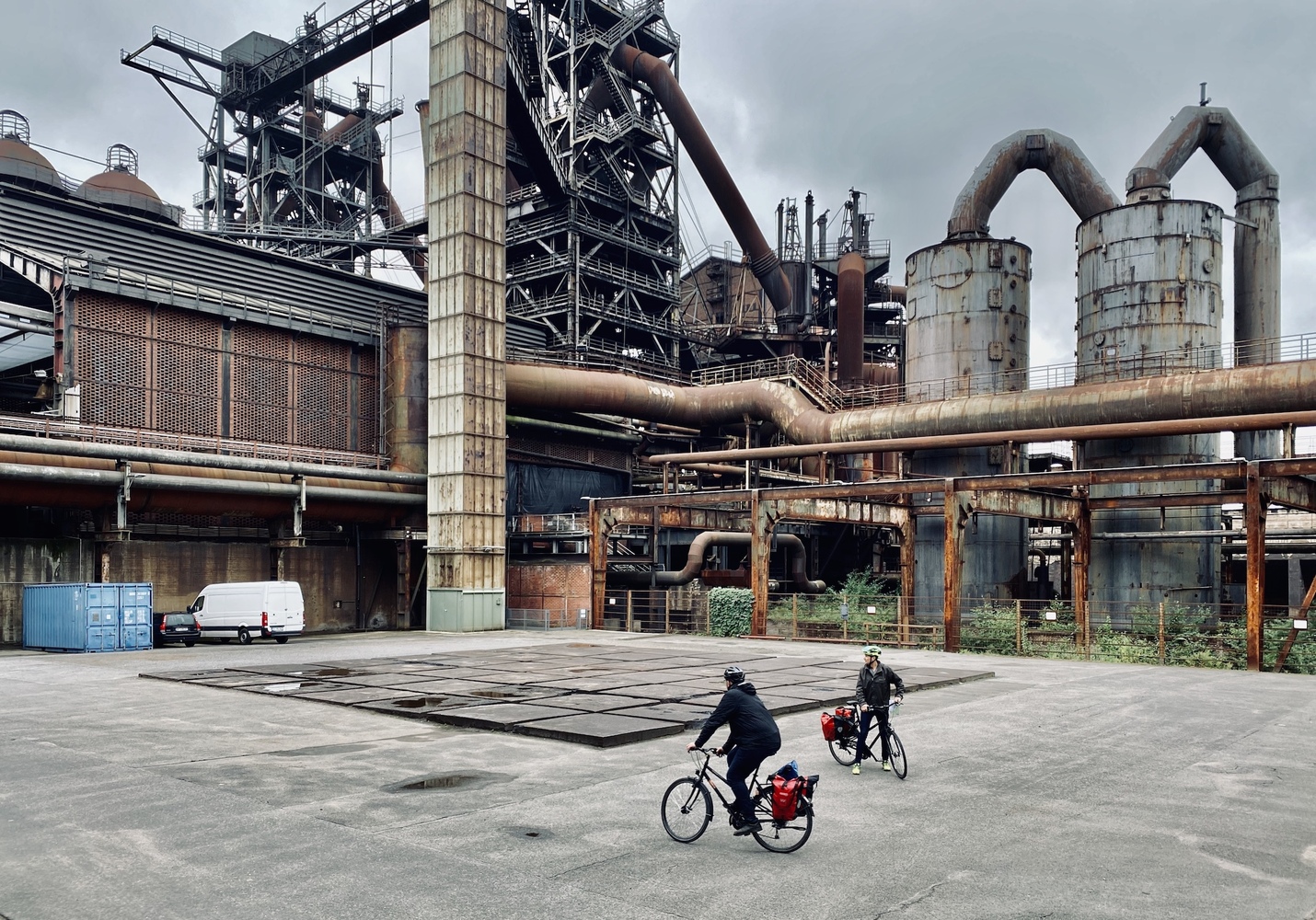A Different Type of Rurality: Designs for Post-Industrial Heritage Transformation
Across the rural terrains of North America and Western Europe, traces of past industry remain embedded in the land: mills rusting in meadows, smokestacks punctuating quiet townscapes, the skeletons of once-thriving economies. For decades, these sites have signified decline through the remnants of an extractive era that has shaped the environment and local identity. The challenges of remediation often encompass technical, environmental, and cultural aspects that require creativity, precision, and sensitivity.
Post-industrial rural landscapes are not empty. They are spatially and culturally layered: materially complex, culturally charged, and ecologically wounded. They are also fertile ground for new forms of design, ones rooted in recovery rather than erasure. In these contexts, spatial strategies can support regeneration in multiple forms, including honoring heritage, restoring ecosystems, fostering community life, and adapting forgotten structures to new futures.


 Picture: Erieta Attali
Picture: Erieta Attali
Comments :